
The Indian Economy is regarded as one of the best markets to invest in. In the last decade, it witnessed major ups and downs. With 2019 drawing close, here's a look at the 10 biggest business news developments.
Demonetization
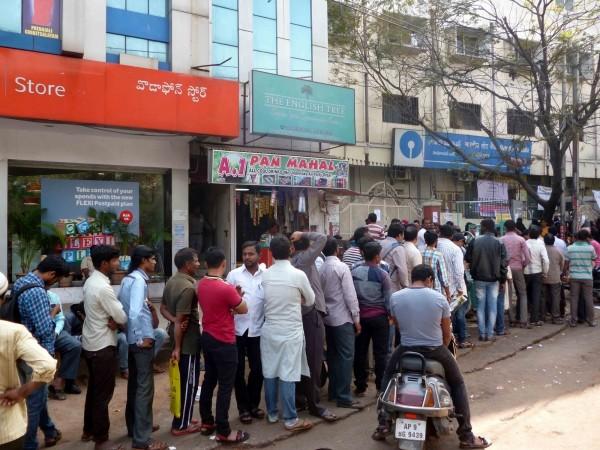
Demonetization has to be the most influential as well as the most controversial decision taken by the Indian government in the last decade. On 8th November 2016, the government announced the demonetization of Rs 500 and Rs 1000 notes. The denomination was later replaced by new Rs 500 notes along with the introduction of the new Rs 2000 notes.
The idea behind the move was to curb black money and curtail the shadow economy. After the decision, banks across the country witnessed long queues to deposit old notes and withdraw new. The step destroyed the entire exchange system of the unorganised sector, which is majorly operated on cash payments.
The decision turned out to be a disaster for the economy with major cash-intensive sectors that received an unanticipated shock. In 2018, the Reserve Bank of India reported that around 99.3 percent of the demonetized banknotes were deposited into the banking system, confirming the failure of the decision.
Introduction of Goods and Services Tax
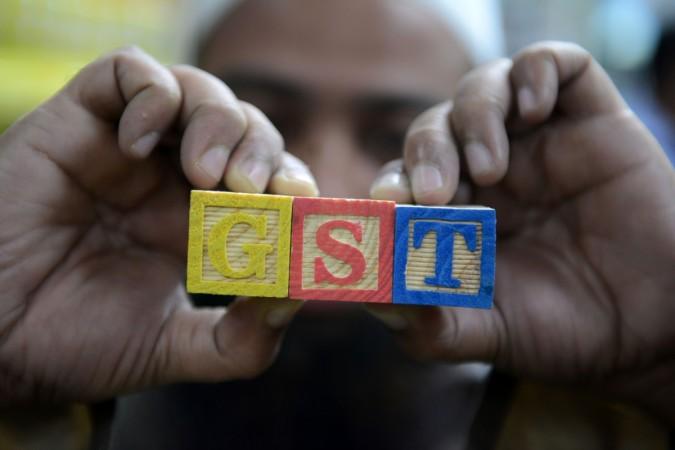
The introduction of Goods and Services Tax in India was a historic step, given the complication involved. First recommended by the Kelkar Committee in 2005, it took more than a decade to finally introduce GST, to rationalize the indirect tax regime in the country.
The existing rates are divided in into five different tax slabs for collection of tax - 0 percent, 5 percent, 12 percent, 18 percent and 28 percent. However, businesses across the country are still struggling to cope with the GST.
With the Indian economy sinking to a six and half year low of 4.5 percent in the quarter ended in September, the revenues collected through GST is not as per the expectation. Even the state governments are struggling to receive their share. As the current indirect tax regime has failed on its expectation, the government is now mooting a two slab structure - 10 percent, and 20 percent.
Banking Frauds
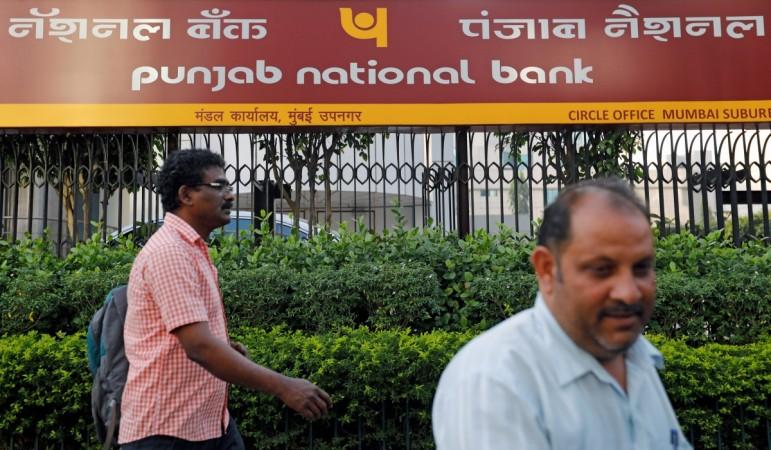
Banking frauds were one of the highlights of the Indian economy in the last 10 years. The banking system witnessed major scams, including Punjab National Bank scam, Punjab and Maharashtra Co-operative bank scam.
The government faced ire as the offenders - Vijay Mallya, Mehul Choksi and Nirav Modi - fled the country. Moreover, the underreporting of non-performing assets and the problem of the twin balance sheet further eroded the profits of the banks.
The nationalized banks were at the forefront of facing the heat as major scams were reported. The situation got better due to certain major steps taken by the Reserve Bank of India (RBI) and government, including the Insolvency Bankruptcy Code and the introduction of the Prompt Corrective Action (PCA) Framework. These steps have shown positive effects as the NPAs reported by banks have witnessed a decline for the first time in seven years.
Insolvency Bankruptcy Code

Insolvency and Bankruptcy Code, 2016, is regarded as one of the biggest insolvency reforms in the post LPG era of the economic history of India. The Central government introduced IBC in 2016 to resolve claims involving insolvent companies.
The code applies to companies and individuals. It provides for a time-bound process to resolve insolvency. The adjudicating authority is National Company Law Tribunal (NCLT) for companies and LLPs and Debt Recovery Tribunal (DRT) for individuals and partnership firms.
When a default in repayment occurs, creditors gain control over the debtor's assets and must make decisions to resolve insolvency. This was intended to tackle the bad loan problems that were affecting the banking system.
The IBC turned out to be one of the most effective government institutions with 4452 cases getting dismissed at the pre-admission stage. In the coming days, IBC needs to get more teeth by setting up more tribunals for faster recovery.
Rise and Rise of Mukesh Ambani
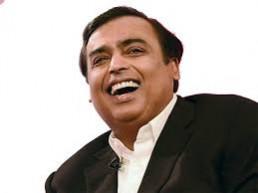
The richest man in India for eight consecutive years and for a brief time in 2008 a contender for the title of the richest man in the world, Mukesh Ambani is the current chairman and managing director of Reliance Industries.
After the split with his younger brother Anil, Mukesh Ambani got the core business of Reliance including textiles, energy, and petroleum. Senior Ambani continued the legacy of Dhirubhai Ambani and expanded his business.
Mukesh's period at the top saw revenues increase more than 6 times and profits increase around 3 times since 2005. His entry into India's telecom industry disrupted the entire sector and his strategy is now giving him handsome return with RJIo turning profitable. According to the Bloomberg Billionaires Index, his net worth stood at $60.8 billion with almost $17 billion coming this year only.
Turmoil in the telecom industry
![A man works on a tower with various types of directional antennas [Representational Image]. Telecom tower](https://data1.ibtimes.co.in/en/full/622002/telecom-tower.jpg?h=450&l=50&t=40)
After growing in double-digit in the past decade, the Indian telecom industry is going through its worst phase ever. The disruption was triggered by the entry of Mukesh Ambani led Reliance Jio Infocomm in 2016.
The following period witnessed free data and calls which on one hand helped India to become the country with the cheapest calls and data, on the other hand, the profits of the telecom companies eroding.
The smaller players in the industry were forced to shut shops. Presently, the industry is still reeling under a huge debt. The total debt of the top three telecom players — Reliance Jio, Bharti Airtel and Vodafone Idea is a massive Rs 3.9 lakh crore that is almost twice the amount the Reserve Bank of India gave the Indian government, which is Rs 1.76 lakh as the surplus amount.
Jet Airways' crash landing

Jet Airways led India's aviation sector for years. The airline once ruled the Indian skies, holding almost 50 percent of the Indian market. Jet owes vast sums to its lessors, employees, fuel suppliers and other parties.
It stopped all flights from April 17 after its lenders refused to give it any more funds to keep the carrier flying. Jet, saddled with roughly $1.2 billion in bank debt, was crippled by mounting losses as it attempted to compete with low-cost rivals Interglobe-owned IndiGo, SpiceJet Ltd and Wadia Group-owned GoAir. The airline failed to attract new investors after multiple meetings ended with no concrete plan.
NBFC crisis
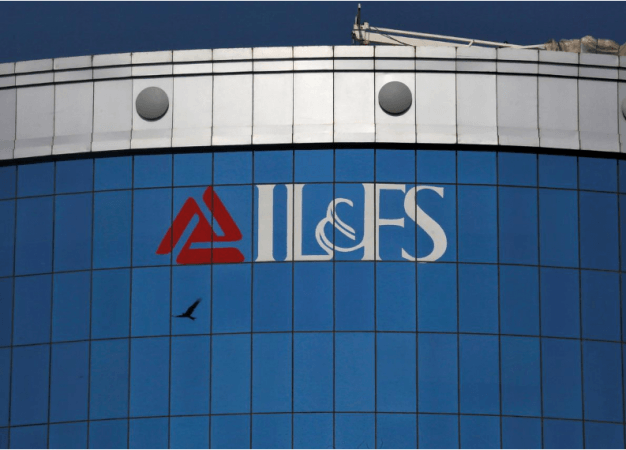
Non-Banking Financial cooperation plays an important role in the Indian economy especially in financing Micro, Small, and Medium Enterprises (MSMEs). Towards the end of the decade, the economy witnessed industry behemoth Infrastructure Leasing & Financial Services Limited (IL&FS) defaulting on the re-payment of around Rs 90,000 crores.
The development sent shock waves across the shadow banking industry which eventually led the severe cash crunch in the economy. This has been one of the major reasons why the country's economy is still struggling to pick up the pace. The default of IL&FS was followed by another player DHFL biting the dust.
2G scam
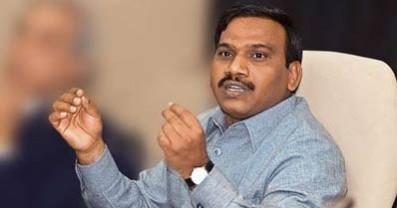
The 2G telecom scam under the UPA-2 government was one of the bigger issues, riding on which Modi became the prime minister in 2014.
The Union Government of the time was accused of undercharging mobile telephone companies for frequency allocation licenses, which they used to create 2G spectrum subscriptions for cell phones. The CAG estimated that the country lost around 2.87 lakh crore due to crony capitalism. The magnitude of the scam was so huge that it that was ranked as the world's second-biggest abuse of executive power by the Time magazine.
The case highlighted the ill-effects of crony capitalism in a country. A special court, however, acquitted all accused in the 2G spectrum case including prime accused A Raja and Kanimozhi.
Coalgate
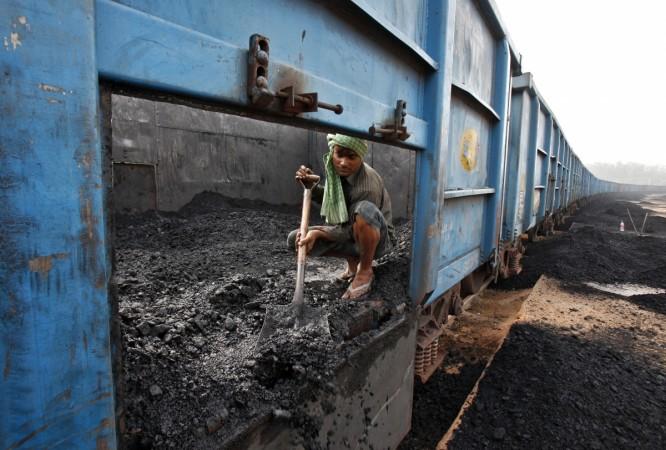
Irregularities while allocating the nation's coal deposits to public sector enterprise (PSEs) and private companies was also news in the last decade. During the last days of UPA-2, the Comptroller and Auditor General of India (CAG) office accused the Government of India of allocating coal blocks in an inefficient manner during the period 2004–2009.
The CAG estimated that the corruption hit allocation led to the "windfall gain" to the allocatees was US$ 27 billion. The report to the Supreme Court cancelling nearly all the 218 coal blocks the central government had allocated between 1993 and 2010. The ruling led to major coal and steel companies defaulting on the loans they took from the bank. Another steel behemoth including Bhushan steel went bankrupt. Moreover, companies in the power sector also faced the heat.

















